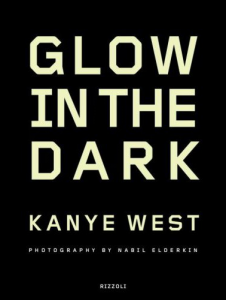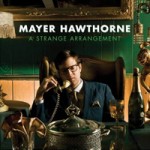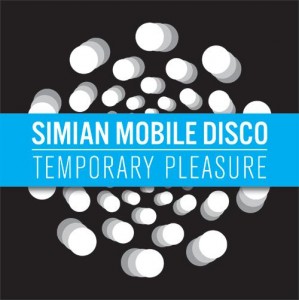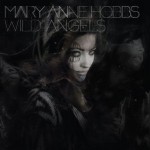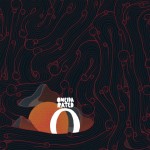Music Review
Pitchfork
October 12, 2009
Link
6.7
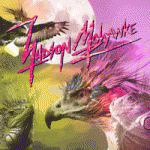
Showcasing his stuttering spin on hip-hop beats, 23-year-old Glaswegian producer Ross Birchard, who records as Hudson Mohawke, demonstrates no shortage of ideas and energy on Butter. Like the album’s neon-scorched cover, which includes hawks with mohawks, he doesn’t do restraint or subtlety. “Joy Fantastic” has to be the true over-the-top cartoon moment of the already wired debut album. Preceded by a silly skit featuring two kids whispering about escaping to a magic land, the track of sinewy, bulbous beats features vocalist Olivier Daysoul laying down some fantasyland pap that makes Fonzworth Bentley sound like a thug. He also deadpans “You can swim the Minnetonka,” dropping the last word like Dave Chappelle imitating the Purple One. An amusing aside on an overly precious track, it might also obliquely suggest where Mohawke is going with this electronic carnival.
He gets both richer and more restless with Butter, aiming to inject more soul into his skewered style while still fidgeting through pitched-up, Premier-inspired beats, tripped-up drum patterns, and shorted-out 8-bit melodies. Hudson Mohawke already has a track record of refracting hip-hop and R&B through his own neon-colored prism. Between the re-imagined jams on the Oops EP, the Polyfolk Dance EP– the latter named after a track by prog-rock violinist Jean-Luc Ponty– and various singles and remixes, he’s helped position his LuckyMe crew and the Wireblock label at the forefront of a multi-city axis of boundary-pushing producers. And new tracks like “No One Could Ever”, which rolls out with dull snare taps and sped-up vocal snippets, would make fertile ground for a freestyle.
Butter overflows with these kind of neon-tinted beats, almost tropical in the way they suggest warmth and sunshine (see “Rising 5”), and deliriously happy. A teenage DMC champ, Mohawke made some initial forays into producing as a teenager by messing with the Music 2000 program on his Playstation, and it’s clear video game tones and quick-cuts form a large portion of his musical vocabulary. Melody lines aren’t just bright, they’re blinding, buoyant, and sometimes verge on child-like. So high they sound pitch-shifted, the tracks still manage an unsteady swagger and would fit in well with Alexander Nut’s recent Rinse mix. “FUSE” glides between pitches, tweaked to massive effect despite a lack of bass. “ZOo00OOm” blends bleeps, waves of bass, and what sounds like a beat boxer with a facial tic. “Shower Melody” soars on a virtuostic, screaming guitar riff while “Gluetooth” slowly bumps, chipmunk vocal chirping over a steady low-end march. His collaborations with Dam-Funk, especially “Tell Me What You Want From Me”, are a bit more slinky, but the overall sheen is hard to escape.
His wobbling, histrionic beats can also showcase his propensity for going over the top. Like a child on a sugar high, he dives into ideas– short tracks like “Twistclip Loop” and “3.30”– and doesn’t always follow through, taking multiple directions at once and occasionally dropping under-developed tracks, which flash and quickly fizzle without much resolution. While the album has been in the works for a while, Butter suggests he’s moving at a rather frenetic pace. By the time the closer “Black N Red” rolls around, another bombast of tinny keyboards and chipmunk vocals, it’s not contagious, it’s overkill. Hudson can definitely do tweaked, but he has work to do before being transcendent.
